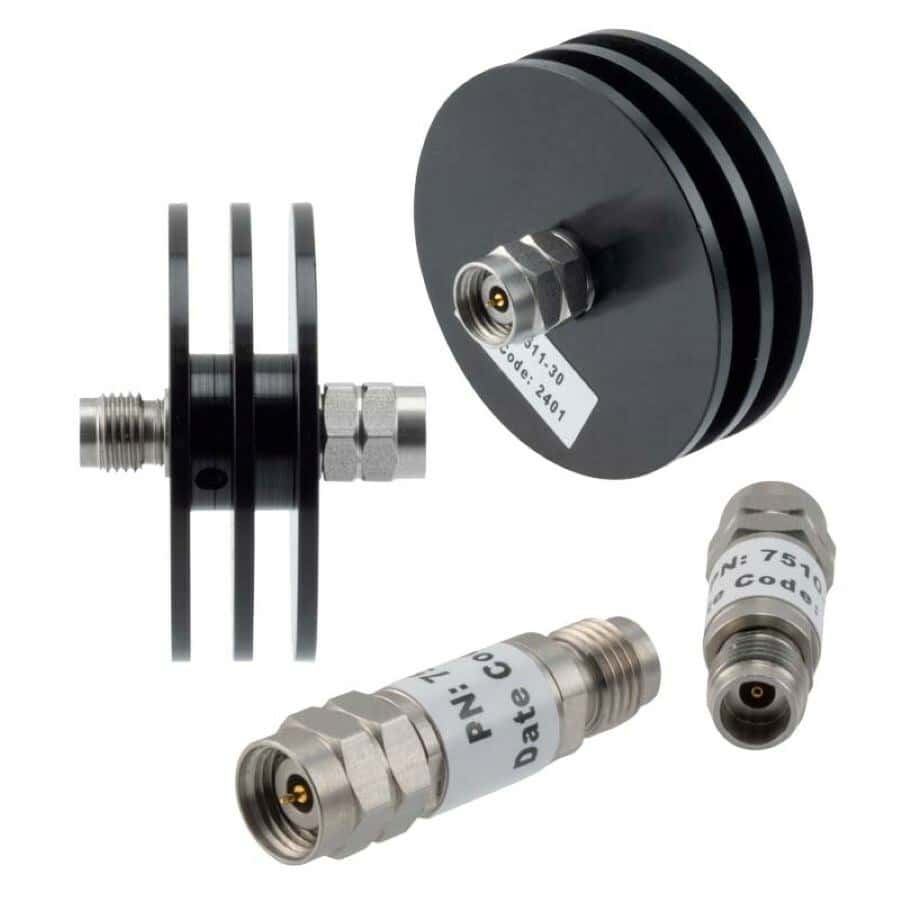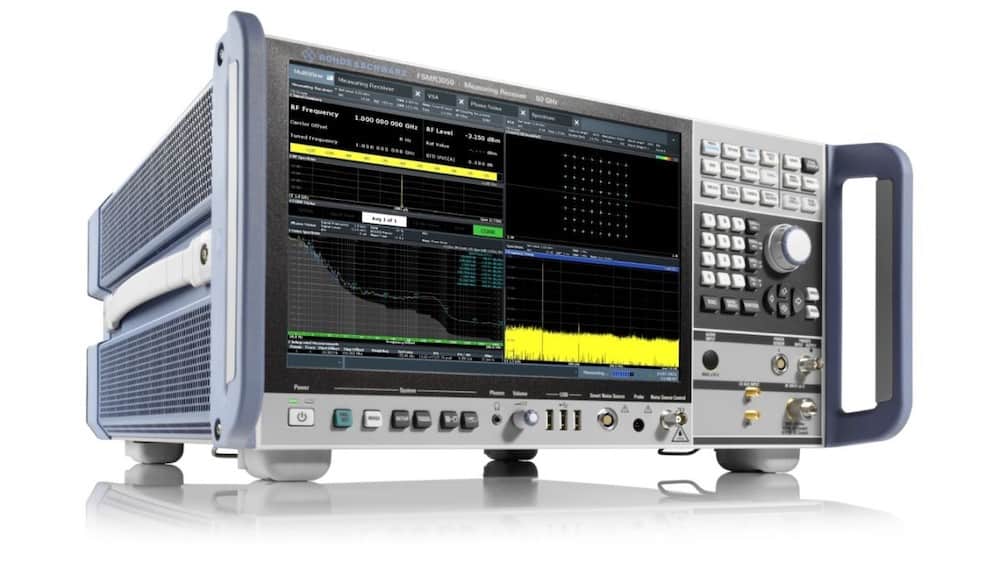Emerging Trends and Technologies in RF Attenuators
Advancements in RF technology are driving innovation in attenuator design, improving performance, adaptability, and integration with modern defense systems. As military and defense applications demand more precise and reliable RF components, several emerging trends are shaping the future of RF attenuators.
MEMS-Based RF Attenuators
Micro-electro-mechanical systems (MEMS) technology is enabling the development of highly compact, low-power, and fast-switching RF attenuators. MEMS attenuators offer improved durability and performance, particularly in aerospace and unmanned systems where size, weight, and power (SWaP) considerations are critical.
AI-Driven Adaptive Attenuators
Artificial intelligence (AI) and machine learning (ML) are being integrated into RF systems to enable real-time signal optimization. AI-driven attenuators can dynamically adjust attenuation levels based on environmental conditions, interference, and operational requirements, enhancing the efficiency of military communication and electronic warfare systems.
Solid-State & Digital Programmable Attenuators
Solid-state RF attenuators using PIN diodes and FET-based designs offer rapid switching speeds and high reliability. Digital programmable attenuators allow for precise attenuation control via software or remote operation, making them essential for automated military RF systems, including electronic warfare (EW) and radar signal processing.
Broadband & Millimeter-Wave Attenuators
As military RF systems expand into millimeter-wave (mmWave) frequencies for applications like 5G-based battlefield communications and advanced radar systems, broadband attenuators capable of handling ultra-high frequencies are becoming essential. These attenuators provide consistent performance across wide frequency ranges, reducing signal distortion in high-frequency defense applications.
Low-Intermodulation Attenuators for Secure Communications
To enhance secure military communications, new attenuators are designed with ultra-low intermodulation distortion (IMD). This reduces unwanted signal interference and improves transmission clarity in complex RF environments, such as battlefield networks and encrypted satellite links.
By integrating these advanced attenuator technologies, defense organizations can enhance the performance, adaptability, and resilience of their RF systems, ensuring superior signal management in modern warfare and secure communications.
























